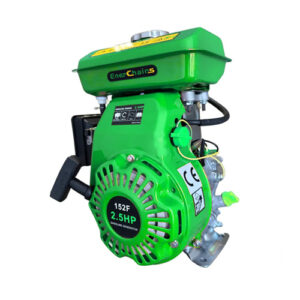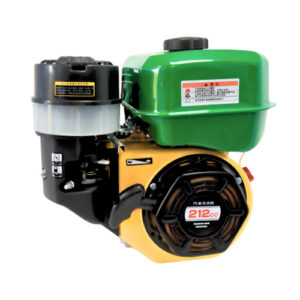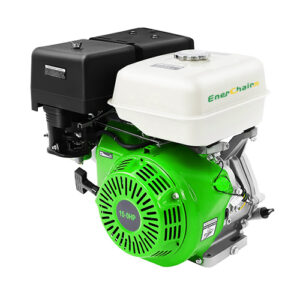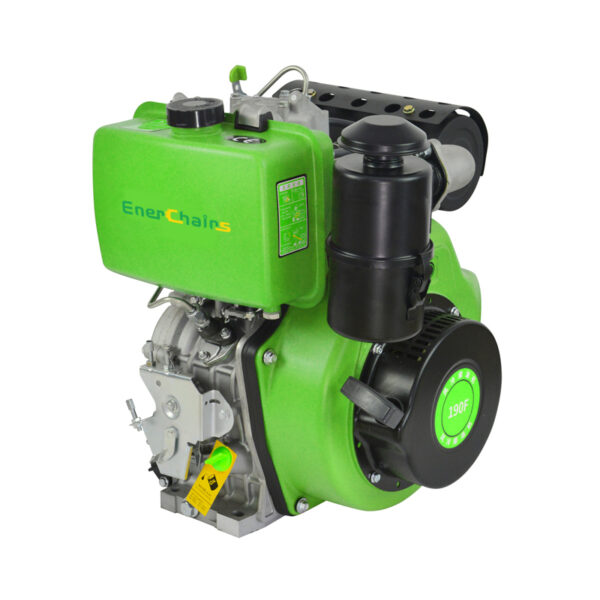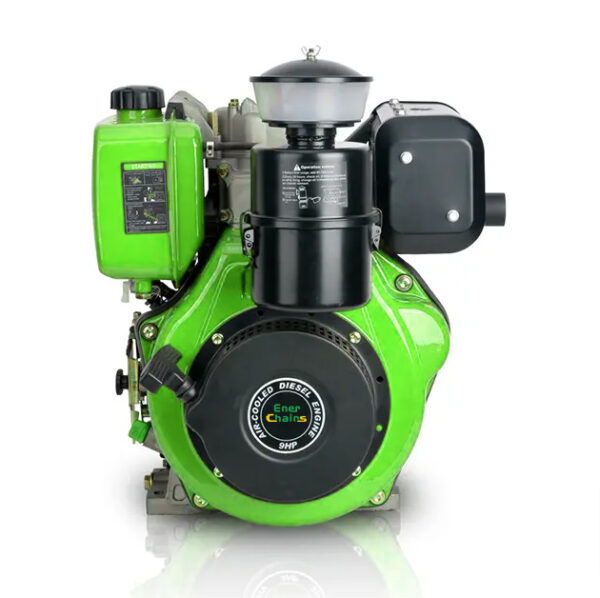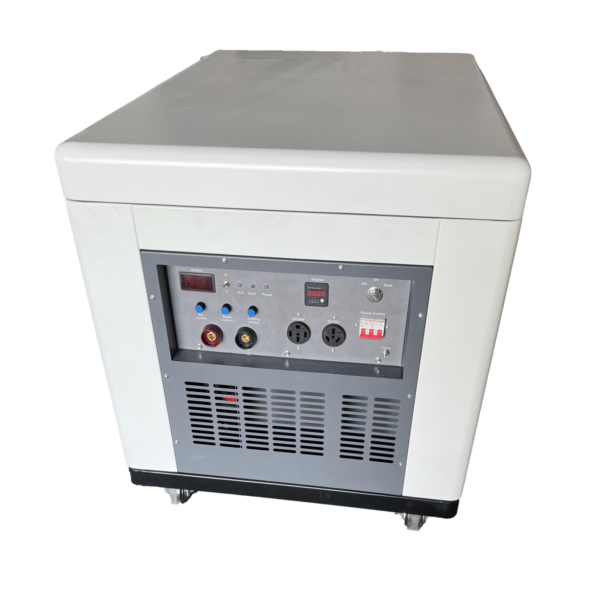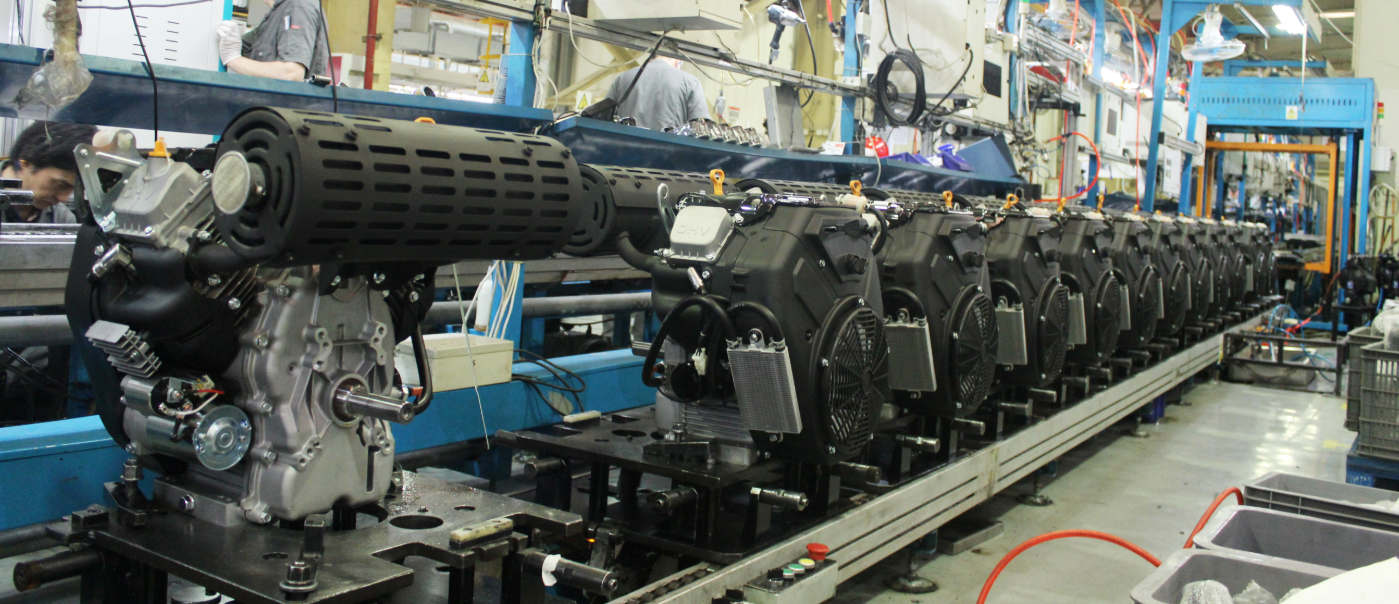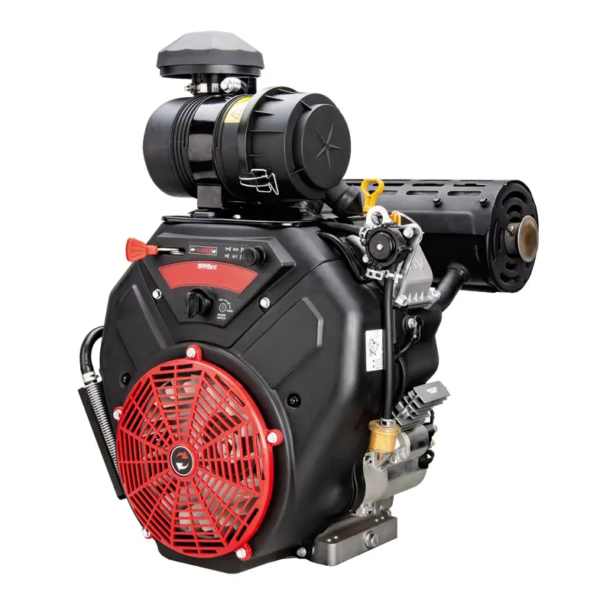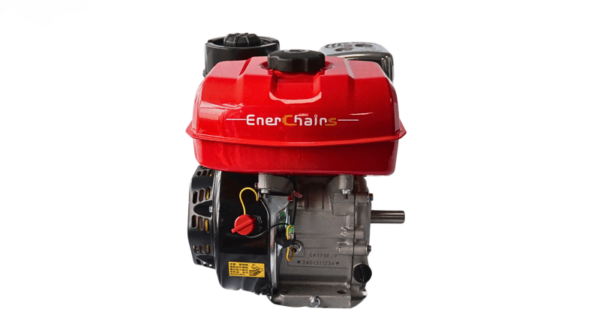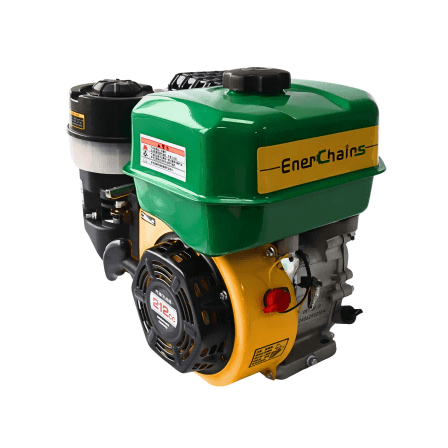China has become one of the leading global manufacturers of small engines, including gasoline engines, diesel engines, generators, lawnmowers, snow blowers, and tillers. This competitive advantage is largely due to China’s well-established supply chains, economies of scale, and advanced automated production lines. The country has built a strong position in the international market by leveraging these conditions, and its small engine products are in high demand across various industries worldwide.
Key Factors Driving China’s Competitive Strength in Small Engine Products
- Well-Developed Supply Chains
China’s small engine industry benefits from a highly integrated and efficient supply chain. Local manufacturers are well-connected with suppliers of key components, such as spark plugs, carburetors, and fuel tanks. This extensive supply chain network helps to lower production costs and increase manufacturing speed, ensuring a competitive edge in both cost and time to market. - Economies of Scale
With a vast number of small engine manufacturers operating across China, these companies are able to achieve economies of scale. This allows them to reduce production costs significantly, making their products more affordable for international buyers. Additionally, China’s manufacturing capacity is large enough to meet the demands of global markets, further solidifying its dominance. - Automated Production Lines
China’s investment in automation has significantly improved the efficiency and quality of small engine production. Automated production lines reduce labor costs, minimize human error, and speed up manufacturing processes. This technological advancement gives Chinese manufacturers a further edge in producing high-quality, low-cost small engine products that appeal to a wide range of customers worldwide. - Government Support and Policy Incentives
The Chinese government plays a crucial role in supporting the small engine industry through favorable policies, subsidies, and investments in research and development. These incentives help manufacturers upgrade their production technologies, explore new markets, and compete more effectively on the international stage. - Global Trade Partnerships and Expanding Markets
China has established robust trade relations with countries across the globe, enabling it to expand the reach of its small engine products. The country’s competitive pricing and product diversity have allowed Chinese manufacturers to gain market share in developed and developing markets alike. In particular, the demand for small engines in sectors such as agriculture, construction, and outdoor power equipment continues to grow, creating ample opportunities for Chinese companies.
China’s share of the global small engine market has steadily increased over the past decade. Below is a table showing the global market share and growth trends for key small engine product categories:
| Product Category | 2015 Market Share (%) | 2020 Market Share (%) | 2025 Projected Market Share (%) |
|---|---|---|---|
| Gasoline Engines | 25 | 30 | 35 |
| Diesel Engines | 15 | 20 | 25 |
| Generators | 10 | 15 | 20 |
| Lawn Mowers | 18 | 22 | 25 |
| Snow Blowers | 12 | 14 | 18 |
| Tillers | 8 | 10 | 12 |
As seen in the table, China’s market share in key product categories has grown significantly. The increasing adoption of Chinese small engines can be attributed to the combination of competitive pricing, high-quality standards, and improved manufacturing capabilities.
The Future Outlook for China’s Small Engine Products
Looking ahead, China’s small engine industry is well-positioned to maintain and even expand its global market share. The key drivers for this growth include ongoing advancements in technology, increased production capacity, and the country’s ability to adapt to emerging market needs. Additionally, the demand for more eco-friendly, energy-efficient engines is expected to rise, and Chinese manufacturers are investing heavily in green technology to meet these new requirements.
As the global market for small engines continues to grow, China will likely remain a key player, leveraging its competitive advantages to strengthen its position in the international marketplace.
This analysis shows that China’s small engine products, bolstered by a strong supply chain, economies of scale, and automation, are increasingly dominating the global market. By continuously enhancing its production capabilities and expanding its reach, China is set to maintain a leading role in the small engine sector for years to come.

